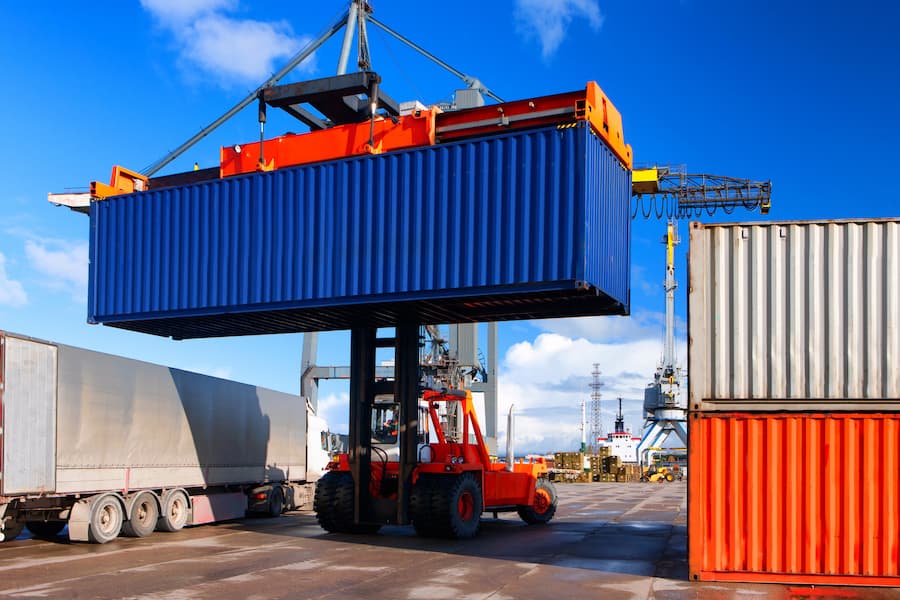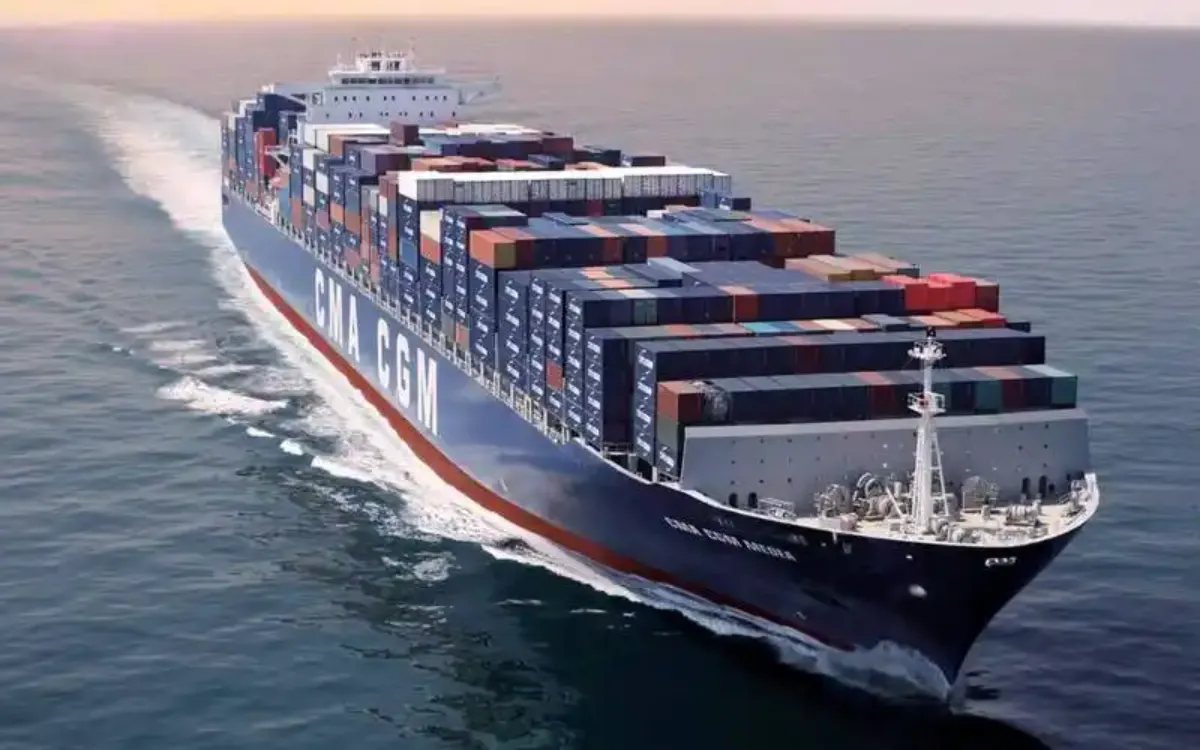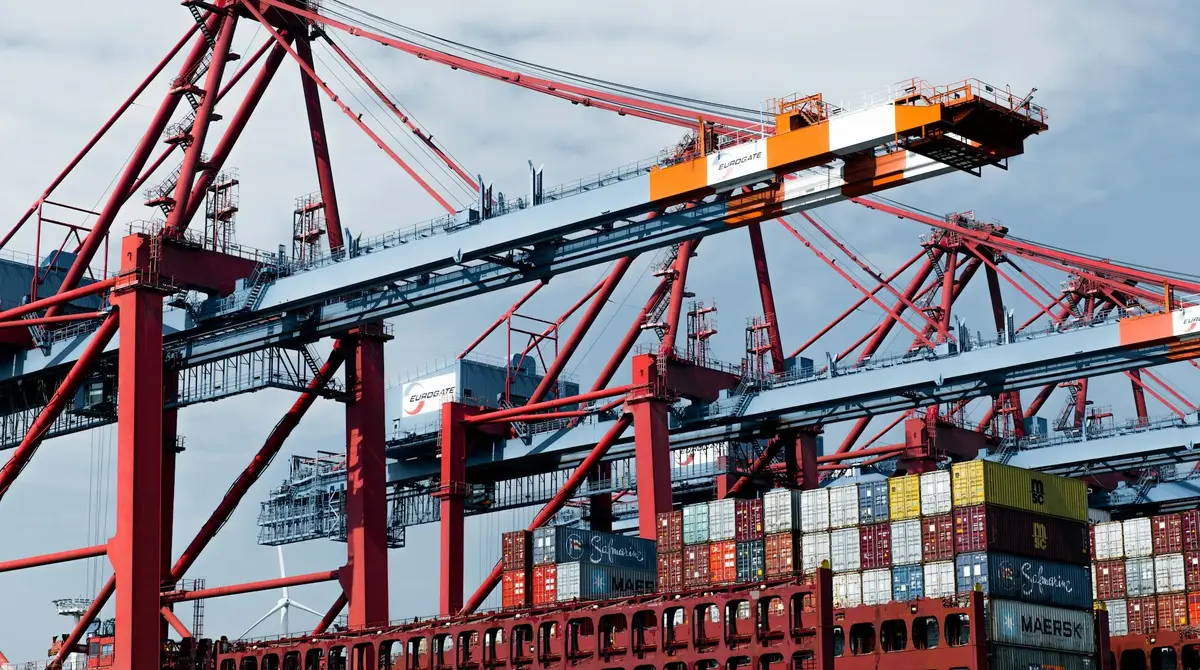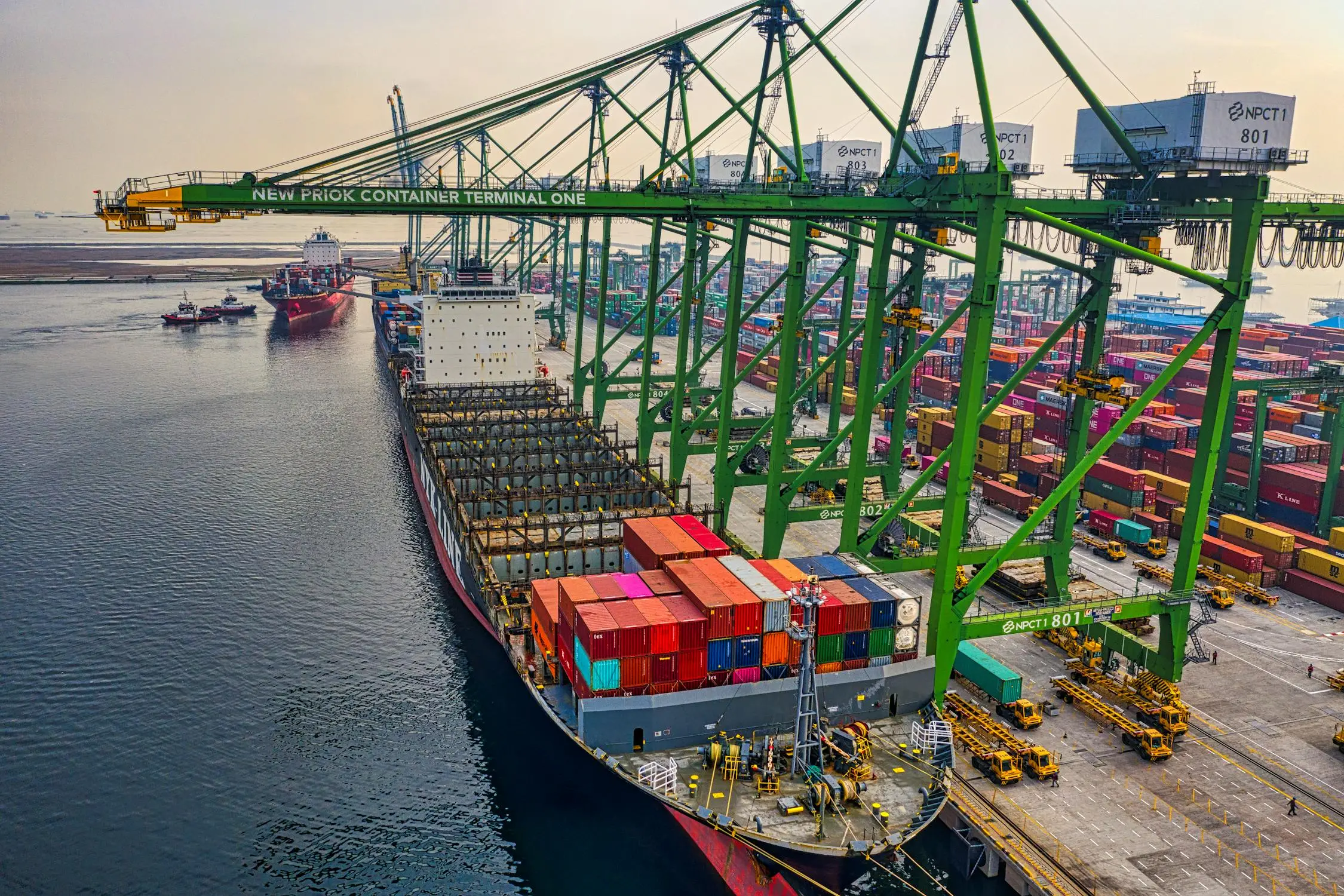
Mainly used by overseas operations, container transport meets the needs of global trade. Designed to travel long distances, the container is particularly suitable for maritime transport. In order to reach the ports of embarkation and disembarkation, it can be transported by train or truck. While its practical and secure side appeals to customers in international markets, the use of containers nevertheless requires a good knowledge of how material rotations work, but above all, mastery of the aspects of maritime transport. We give you the explanations on this method of transport.
Container or container? Definition and characteristics
Containers: what modes of transport are used?
What are the challenges of containerized transport?
The advantages and disadvantages of containerized transport
TMS: How does technology simplify containerized transport management?
Container or container? Definition and characteristics
What is a container?
The word container or container is used interchangeably. The first is used in the French language, the second is an anglicism, but they both designate the same object. It is a large metal box , the size of a truck trailer, dedicated to containing goods during their transport. In the jargon of overseas transport, maritime containers are also called “boxes”. For example, we are talking about a ship that can load X boxes to a port.
Intended to transport goods, packaged or not, the container meets very precise standards , referenced ISO. There are different sizes of containers, but all correspond to standard dimensions, which are expressed in feet. The most commonly used sizes are 40-foot and 20-foot containers. The 40-foot containers are slightly shorter than a truck trailer, approximately 12.20m long by 2.35m wide. 20-foot containers measure approximately 6.10m long by 2.35m wide.
Containers are steel or aluminum boxes, which generally open with two hinged doors, except in special cases. They cannot move on their own and are not motorized. They must be accompanied by a motor vehicle, such as a truck, train or ship, and handled by high-tonnage lifting equipment. Very robust, they are not affected by bad weather and are secure, because they can be locked.
The different types of containers
Standard containers , or dry containers, transport conventional freight such as industrial products, solid and non-perishable goods. There are also refrigerated containers , or refrigerated containers, intended for temperature-controlled freight such as perishable or heat-sensitive goods. There are so-called open top containers , whose roof is a solid and removable tarpaulin, which allows the transport of bulky freight, handled by crane or overhead crane. So-called flat containers, or flat rack , are designed for non-standard freight, which exceeds in weight, length, width or height. They consist of a floor with removable walls and numerous anchor points. It is possible to transport liquids, whether dangerous or not, thanks to tank containers . And there are half-height containers , called half-height containers, which can easily be stacked on truck trailers during pre- or post-transportation.
Containers: what modes of transport are used?
Maritime transport
Maritime transport is the most commonly used mode of freight for container transport. It allows moving large quantities of goods across oceans by connecting ports in France or around the world. Container ships are specially designed to maximize the number of boxes transported. And it is the most economical mode of transport for international trade.

Road transport
Road transport is used for the pre- and post-transportation of containers . Container trucks have specific chassis, with fastening systems called twist-locks, which allow the container to be locked onto the trailer. This mode of transport offers unmatched flexibility over short distances .
Rail transport
Container transport by train is particularly suitable for long land distances. It is an ecological and economical solution for moving large quantities of goods. Container trains include specific wagons, dedicated to this activity, with adapted fastening systems. They reduce road freight, reducing the number of trucks in circulation.
What are the challenges of containerized transport?
Capacity management
Containers belong to shipping companies, which may experience shortages. As a customer, it is up to you to anticipate your transport requests in order to have the necessary equipment. Just as you will need to ensure that you optimize the space in your containers in order to save as much space as possible. You can load approximately 24 pallets on the ground, in Euro format, in a 40-footer. Note that containers accept stacked pallets , as they have internal anchor points.
Logistics coordination
One of the main challenges of container transport is precisely the organization of the journey to the ports. Container transport includes several stages for which very fluid and responsive communication is absolutely necessary. Contact with all stakeholders is really essential, because it is this that will allow the synchronization of operations: booking a container, loading, pre-delivery, customs, transport, unloading, post-delivery.
Security
When your container is traveling, it is likely to experience hazards . For example, did you know that the captain is the sole master of his ship, and that he can very well decide to throw your container overboard? This is a very rare case of course, but it is a matter of safety, since the captain can get rid of the cargo to save his ship, especially in the event of severe weather. But your container is also subject to theft, damage or other uncontrollable events such as dockers' strikes at the port, for example.
Regulatory compliance
When it comes to sea freight , it is imperative to comply with international standards and customs regulations . Depending on the incoterm of the sale with your customer, you will or will not be responsible for customs formalities, as well as the duties and taxes relating to them if you are the recipient of the goods. Similarly, it will be up to you or not to insure the goods, organize transport and handling operations. If you do not control these parameters, it is better to entrust your freight to a freight forwarder who will take care of everything.
Operational costs
Maritime transport is subject to various variables that impact operational costs. We are talking about exchange rate fluctuations with the dollar, fuel surcharges, demurrage, or even competitive pressure on ports. Controlling these costs remains a major issue for the profitability of your operations.
Tracking and traceability
The location of goods becomes a real asset for companies that must answer their customers' questions. Having visibility on the stages of shipments allows you to react quickly in the event of a problem and to ensure customer satisfaction. Logistics software will be a valuable help to you, as will smooth communication with your carrier. Enough to best anticipate the arrival of goods at the port.
The advantages and disadvantages of containerized transport
The advantages
Efficiency : Containerized transport allows large volumes of goods to be moved at a relatively low cost. In addition, the standardization of containers optimizes handling and transport operations.
Safety : Containers provide optimum protection for goods during transport.
Ecology : reduction of the carbon footprint due to transit by ship and not by road or plane.
Flexibility : Containerized transport allows a wide variety of goods to be transported over long distances.
Economy : container ships carry several thousand boxes, which makes it possible to share overall costs and display advantageous prices.
The disadvantages
Delays : transport times can be long, particularly by sea.
Logistical complexity : there is significant coordination to be put in place between many stakeholders.
Regulatory risks : Compliance with international standards and customs documents can block certain shipments and cause significant additional costs in the event of non-compliance.
Environmental impact : maritime transport is responsible for a significant share of greenhouse gas emissions.
 Easy Shipping From Global, Save Cost
Easy Shipping From Global, Save Cost













